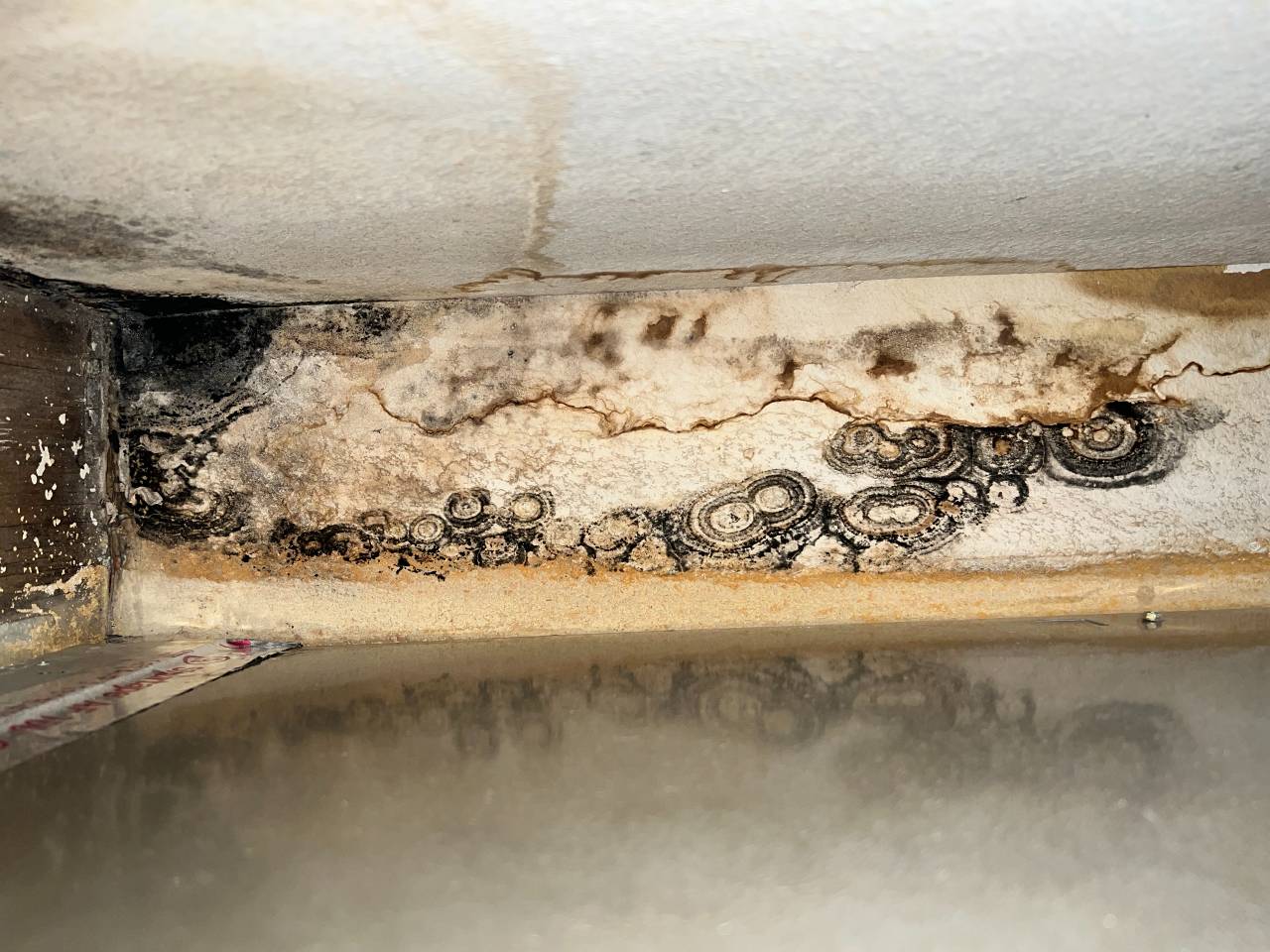Effective Post Mold Remediation Cleaning Protocols
Effective Post Mold Remediation Cleaning Protocols
Blog Article
Professional Tips for Message Mold Remediation Success
In the realm of mold removal, successfully eradicating mold and mildew is only half the fight; the true challenge hinges on preventing its reappearance. Post-remediation efforts play an important duty in making certain a mold-free atmosphere in the long term. By adhering to professional pointers and ideal techniques, people can protect their spaces versus mold renewal and keep a healthy indoor setting. It remains in this phase of the removal procedure that attention to detail and proactive measures really make a distinction.
Monitor Moisture Degrees On A Regular Basis
After finishing mold remediation treatments, maintaining ideal humidity levels is vital to stop mold re-growth and make sure a healthy and balanced interior atmosphere. High moisture degrees above 60% produce a helpful setting for mold to prosper, making routine keeping an eye on a proactive action to avoid any kind of future mold and mildew problems.
Additionally, developing a routine timetable for moisture checks, particularly in high-risk locations such as kitchen areas, cellars, and restrooms, is a proactive method to mold and mildew avoidance. By consistently keeping track of moisture levels, residential property proprietors can successfully reduce the danger of mold and mildew reoccurrence and preserve a healthy and balanced interior atmosphere post-remediation.
Conduct Thorough Inspections Post-Remediation
Following the conclusion of mold removal procedures, it is important to carry out comprehensive assessments to validate the effectiveness of the removal process. These post-remediation inspections are essential in ensuring that the mold problem has actually been successfully dealt with which there is no recurrence or staying mold development. Inspections need to be accomplished by qualified specialists who have proficiency in identifying mold and analyzing indoor air high quality.
Throughout these inspections, different methods such as visual evaluations, air sampling, and surface area tasting may be used to completely examine the remediated areas. Visual assessments involve an in-depth examination of the facilities to look for any noticeable signs of mold and mildew growth or water damage. Air sampling assists in establishing the airborne mold and mildew spore levels, while surface tasting can detect mold and mildew fragments on surfaces.
Implement Proper Air Flow Techniques
After ensuring the effectiveness of the mold and mildew remediation procedure via thorough evaluations, the following essential step is to focus on applying proper air flow techniques. Appropriate ventilation is crucial in protecting against mold and mildew reoccurrence by regulating moisture levels and promoting air flow.
Appropriate air flow not only aids in stopping mold development however also adds to the overall health and comfort of owners. By making sure ample ventilation throughout the home, you can lower the danger of mold and mildew regrowth and create a healthier living environment.

Use Mold-Resistant Products for Repair Works
To boost the lasting effectiveness of mold and mildew remediation initiatives, integrating mold-resistant materials for fixings is my response vital in minimizing the risk of future mold growth. Mold-resistant products are developed to endure moisture and hinder mold development, making them a vital selection for locations susceptible to moisture and humidity. When repairing locations impacted by mold and mildew, utilizing materials such as mold-resistant drywall, mold-resistant paints, and mold-resistant caulking can important site assist prevent mold and mildew reappearance.
Mold-resistant drywall is a superb option to conventional drywall in areas like washrooms and cellars where dampness levels are higher. When revealed to damp conditions, this type of drywall has a special covering that stands up to mold growth even. In addition, utilizing mold-resistant paints consisting of antimicrobial representatives can further inhibit mold and mildew development on wall surfaces and ceilings.
In locations where moisture prevails, such as washrooms and cooking areas, using mold-resistant caulking around sinks, tubs, and windows can aid secure out water and stop mold from holding in splits and crevices. By purchasing these mold-resistant products during repair work post-remediation, you can significantly minimize the chance of future mold concerns and maintain a healthier indoor environment.
Maintain Tidiness and Address Water Issues
Making sure cleanliness and immediately addressing water problems are essential practices to maintain in securing interior spaces from mold and mildew reinfestation. After mold removal, it is vital to maintain a tidy atmosphere to prevent the regrowth of mold and mildew (After mold remediation). Normal cleansing, dusting, and vacuuming can aid remove any remaining mold spores and avoid them from proliferating and settling. Furthermore, maintaining interior areas dry and addressing any water issues without delay is crucial in mold prevention. Leakages, water invasion, or high humidity levels can visit this web-site develop the ideal breeding ground for mold, so it is vital to fix any water-related problems right away.
To keep tidiness, take into consideration making use of HEPA filters in vacuums and air purifiers to trap mold and mildew spores and prevent their flow airborne. In addition, making sure proper air flow in locations susceptible to moisture accumulation, such as bathrooms and kitchen areas, can aid keep humidity levels in check. By staying watchful regarding cleanliness and addressing water problems without delay, you can efficiently prevent mold and mildew reinfestation and maintain a healthy interior environment.
Conclusion

In the world of mold removal, successfully eliminating mold is just half the battle; the true obstacle exists in stopping its reappearance. After finishing mold removal procedures, maintaining ideal humidity degrees is critical to prevent mold re-growth and ensure a healthy and balanced indoor environment. High moisture degrees over 60% produce a helpful atmosphere for mold and mildew to grow, making normal checking a proactive step to stop any future mold issues.
To enhance the long-term performance of mold and mildew removal initiatives, integrating mold-resistant products for repairs is vital in reducing the danger of future mold and mildew development. After mold remediation, it is essential to preserve a tidy atmosphere to prevent the regrowth of mold.
Report this page